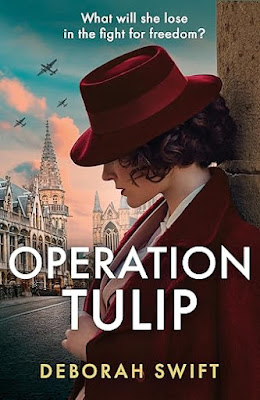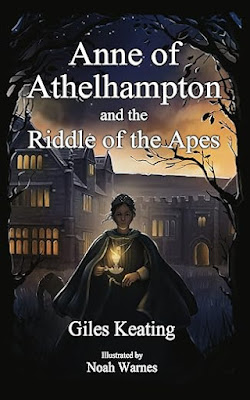Holland, 1944: Undercover British agent Nancy Callaghan has been given her toughest case yet. A key member of the Dutch resistance has been captured, and Nancy must play the role of a wealthy Nazi to win over a notorious SS officer, Detlef Keller, and gain crucial information.
The Oranjehotel – Prison of The Resistance
Scheveningen Prison exterior
During the years of Nazi occupation in the Netherlands, the Oranjehotel in The Hague became infamous as a prison where resistance fighters were detained, interrogated, deported, and often executed. Why was it called the Oranjehotel? It earned the name from the Dutch population, because orange was the traditional colour of the Dutch royal family, who had been exiled to Britain since the Nazi invasion, and it was a nickname symbolizing resistance and the fight for freedom.
Originally constructed in the late 19th century, the Scheveningen Prison in The Hague was a large fortress-like building used as a standard prison for convicted criminals. However, during the Second World War the Nazi occupiers repurposed it as a prison for political objectors, resistance fighters, and those accused of anti-Nazi activities.
Who was held at the Oranjehotel?
Corrie Ten Boom
The Oranjehotel housed a diverse array of resistance fighters. People imprisoned there included members of the Resistance, but also Jews and Jehovah’s Witnesses, as well as people detained for anti-German activities or dealing on the black market.
Titus Brandsma, a Carmelite priest and professor, was one example. He was a man who vocally opposed Nazi ideology and worked to maintain the freedom of the Catholic press. Arrested in 1942, he was held in the Oranjehotel before being transferred to Dachau concentration camp, where he eventually died. Brandsma's courage and faith in the face of persecution have made him a revered figure in Dutch history.
Many people were imprisoned for small misdemeanours, the so-called ‘anti German activities.’ Women formed 11% of the population. One of the best-known people imprisoned there was Corrie ten Boom, who survived the war to tell people about Ravensbrück concentration camp. Many like her were tortured during interrogation then sent on to other prisons or camps.
Life inside
Oranjehotel Death Cell
The prison was renowned for its harsh conditions, brutal treatment, and the atmosphere of constant fear. The cells were frequently overcrowded, with many prisoners crammed into small, poorly ventilated spaces. Interrogation sessions were frequent and brutal. The Gestapo used beatings, psychological torture, and deprivation as common tactics. Despite this, many prisoners, driven by a deep sense of duty and loyalty to their cause, resisted giving up any information that could endanger their comrades.
Waalsdorpervlakte is an area in the dunes near the Oranjehotel which was used by the Germans for firing squad executions. Over 250 members of the Dutch resistance were executed there. This meant the psychological strain of imprisonment was immense. Prisoners faced constant uncertainty about their fate, knowing that execution could come at any moment.
Despite the oppressive environment, the spirit of resistance persisted within the walls of the Oranjehotel. Prisoners found ways to communicate, support each other, and even continue their resistance activities from behind bars. Messages were smuggled in and out of the prison through various means, including hidden notes in laundry, and food deliveries. This was an aspect I used in the novel, where my character Nancy, along with her colleagues, uses the laundry delivery to try to rescue a Resistance worker from inside.
Legacy
Oranjehotel Museum
In 2019, the National Monument Oranjehotel was officially opened to honour the memory of those who were imprisoned and executed there. This museum includes detailed accounts of the prisoners' experiences, personal stories, and artefacts from the period. It serves as a place of remembrance and education, ensuring that the sacrifices made by these brave individuals are never forgotten.
Deborah Swift
# # #
About the Author
Deborah Swift lives in North Lancashire on the edge of the Lake District and worked as a set and costume designer for theatre and TV. After gaining an MA in Creative Writing in 2007 Deborah now teaches classes and courses in writing and provides editorial advice to writers and authors. Find out more at Deborah's website
www.deborahswift.com and follow her on
Facebook and Twitter
@swiftstory









.jpg)























